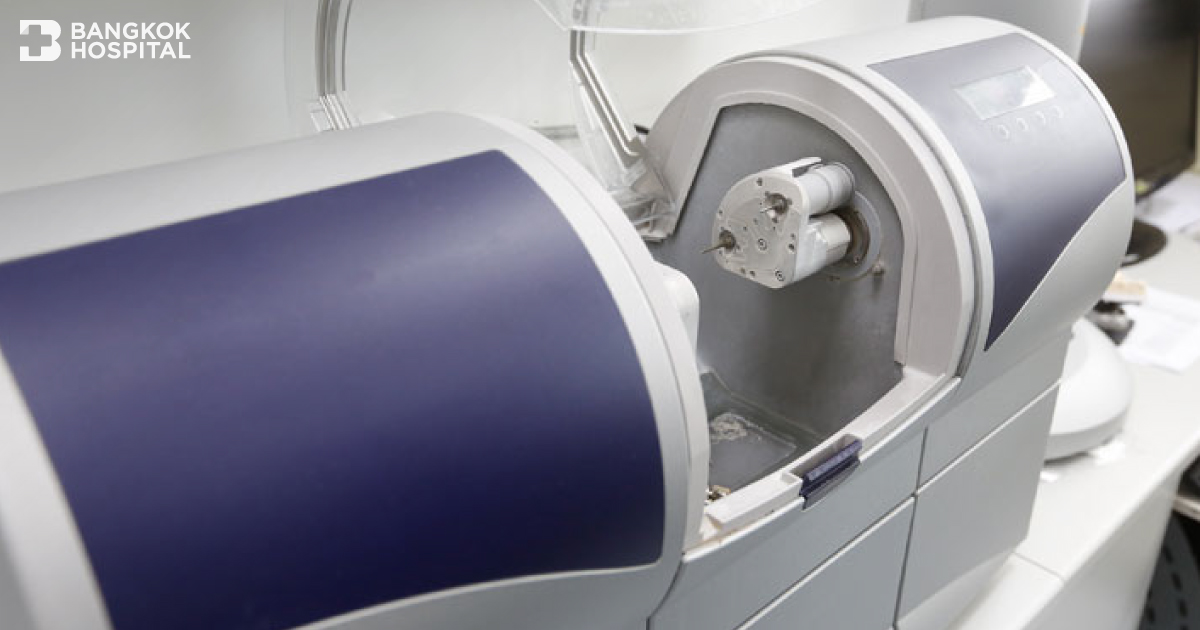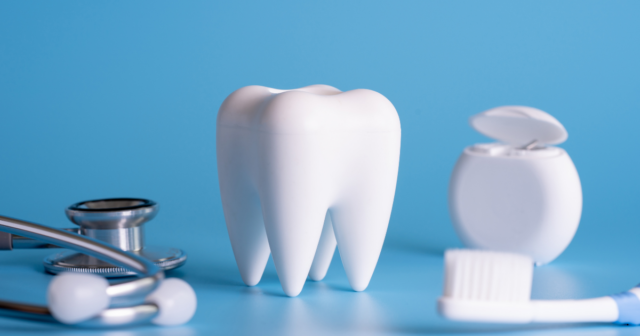Dental Impressions
When it is necessary to take dental impressions in several cases, for example,
- Dental crowns, which require impressions of single or multiple teeth
- Dental implants, which require precise and detailed dental impressions at every point
- Invisalign clear aligners, where the entire mouth must be printed without even the slightest air bubble
And in various cases that require dental impressions, there has been the development of impression taking using the Intraoral Scanner with Cad Cam. This not only makes the process more comfortable and quicker but also produces high-quality and detailed workpieces.
Convenient with the INTRAORAL SCANNER and CAD CAM
Printing teeth with the INTRAORAL SCANNER and CAD CAM consists of 3 improved processes, namely
- Collecting the shape of the teeth, where the traditional method of impression taking is replaced with capturing digital images using an Intraoral Digital Scanner.
- Dentistry used wax for manual shaping, which has been replaced by Computer Aid Design for image molding and adjustments controlled by the dentist.
- Eliminating errors from wax casting, such as porosity in the workpiece, etc., with the use of Milling Computer Aid Machinery to produce workpieces in a single day.
The dental impression process with the Intraoral Scanner and Cad Cam enables patients to wait and take the workpiece home immediately, unlike the past when it took 5 – 7 days to produce a workpiece. Even in the case of Invisalign, which previously took about 2 weeks to send dental impressions to foreign labs for adjustment, planning, and production, now with the Intraoral Scanner replacing traditional impressions, data is sent immediately to foreign labs. Thus, adjustments, planning, and production can happen much more quickly within a few days, significantly reducing patients’ waiting time.
It can be said that the technology of digital dental impressions with Cad Cam greatly improves the quality of dental impressions and saves significant time for both dentists and patients.








